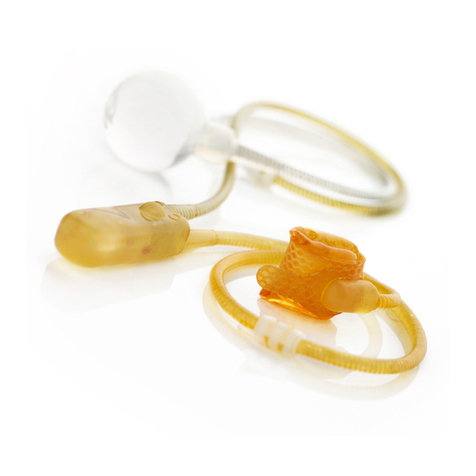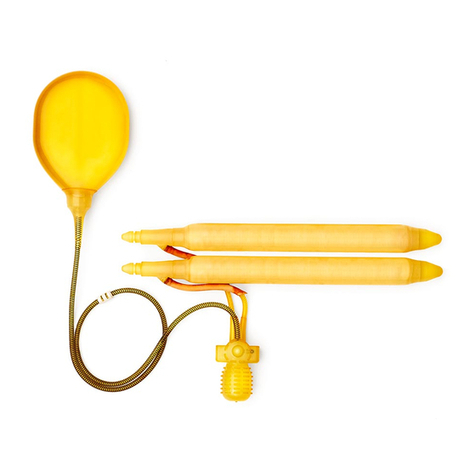
Section 1 Safety
Copyright 2009, AMS, Proprietary Information, All Rights Reserved 1-4
P/N 0010-0067, Rev A
Remote Door Interlock
Always limit personnel in the operating room to those essential to the procedure. To protect
intruding personnel from exposure to the laser beam, an optional remote door interlock can be
connected from the Laser System to the operating room entrance door. This interlock will
automatically put the laser in STANDBY if the door is opened during a procedure. The laser will
remain in STANDBY until the door is closed and the interlock is reset. Once reset, the operator can
place the system back in READY and reactivate the surgical beam. The laser cannot be placed in
READY unless the interlock is reset.
If the use of the remote door interlock is desired, the biomedical personnel at the user’s facility can
connect it. The user should test the remote interlock prior to each use. Access to the laser unit’s
interlock function is made via a socket located on the back panel of the laser (see Figure 1-2 Rear
View of the Laser System).
Safety Recommendations
The following are general safety recommendations for the operating room and are not specific to
the Laser System:
Keep drapes and towels moist to prevent their ignition and burning.
Use non-flammable prepping solutions.
Prevent combustion of methane gas by packing the rectum during perineal procedures.
Do not use the laser in the presence of flammable anesthetic mixture with air or with oxygen or
nitrous oxide.
WARNING: Do not fire the laser unless the aim beam is clearly visible and
directed at the targeted tissue.
Safety Features of the laser system
Safety Regulations
The United States Code of Federal Regulations, CFR Title 21, Ch. 1, Sections 1040.10, and
1040.11, EN 60825 and EN 60601-2-22 require that lasers have certain safety features. These
regulations and standards further require that labels be affixed to each laser unit identifying the
manufacturer, the class or classes of radiation produced, and the location of the laser aperture(s)
on the unit.
The safety features of the Laser System are described in the following list. All required labeling
information is also provided in this section.
1.1.1.1.1.1SYSTEM SAFETY FEATURES
The GreenLight XPS Laser System incorporates the following safety features:
The laser will stop firing when the pressure is removed from either footswitch.
An automatic circuit breaker shuts the system completely off in the event of an electrical
overload.
The laser provides an operating room door interlock connection, which must be set up by the
hospital personnel.





























